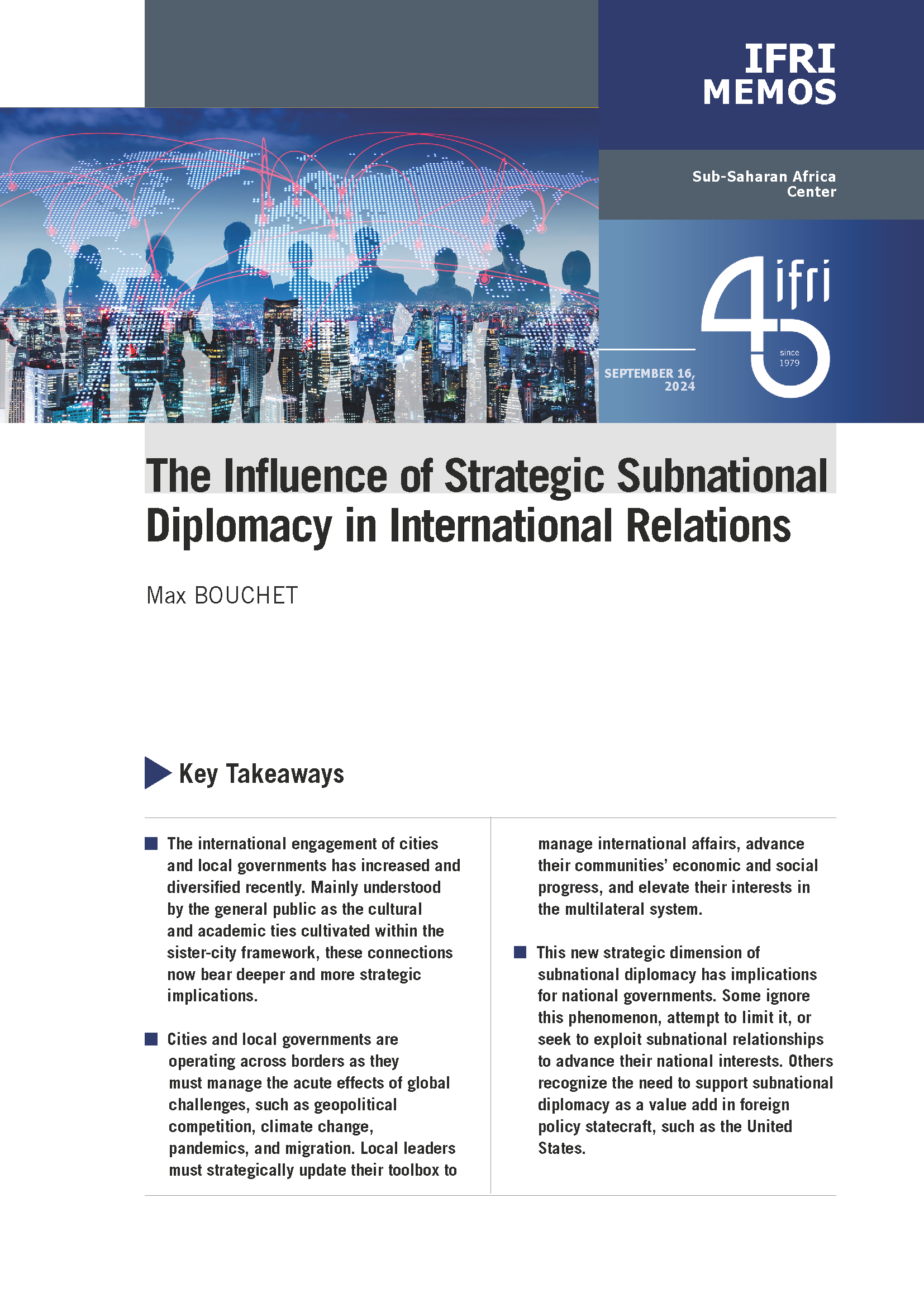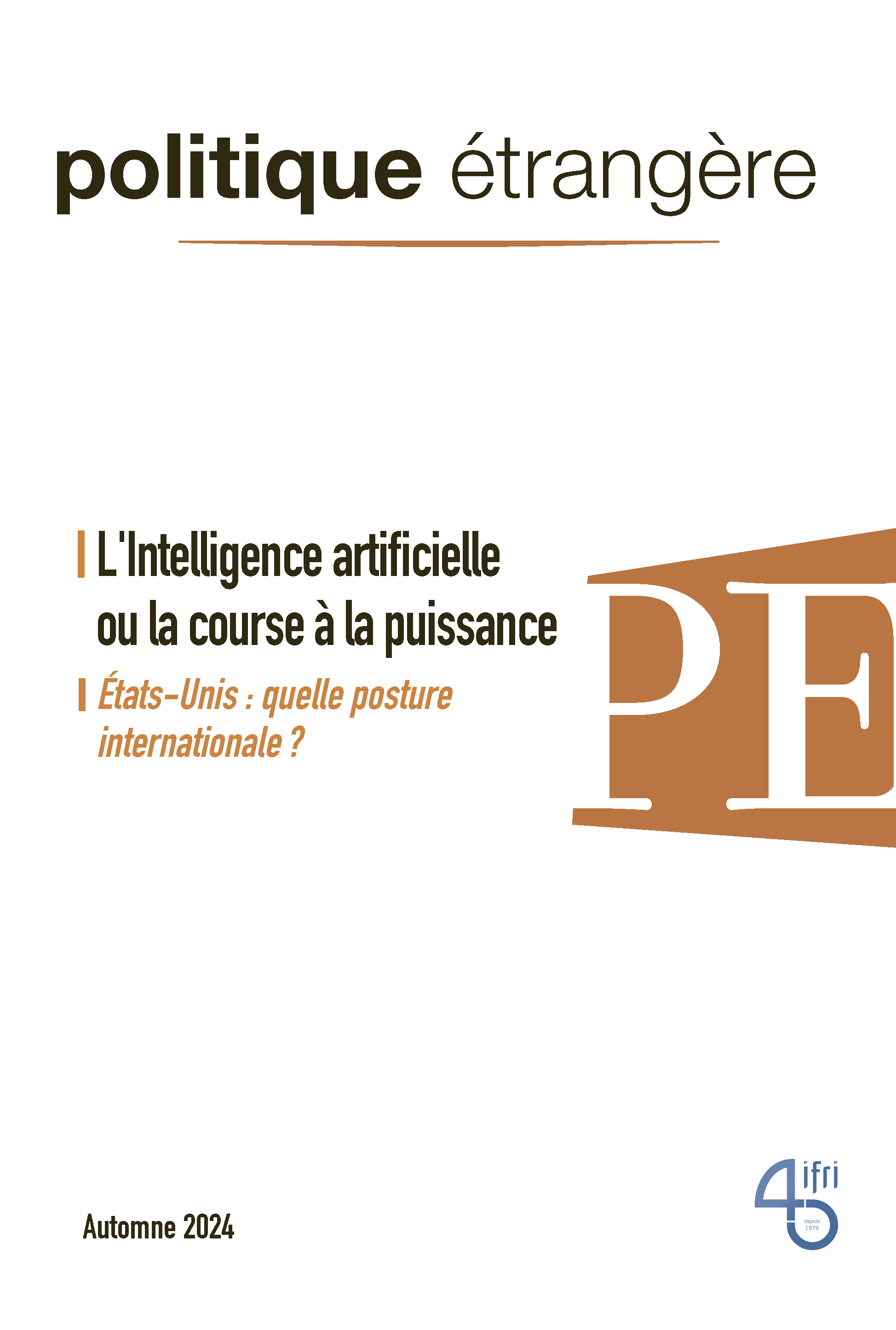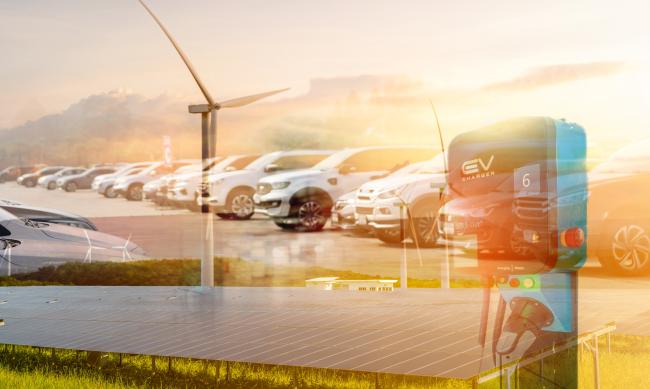The Water in a Cup of Tea - a Water and Energy Primer

Ever give a thought to how much water there is in your cup of tea? I know the volume in the cup is about 8 ounces - but it is hot - hopefully around 100 degrees Celsius or 212 Farenheit. So you had to heat it up one way or another to make tea.
If you put your kettle on a gas stove, you probably heated three times as much water as you needed with gas that heated the kettle but also sent a lot of its heat around the kettle. The gas you used could have come from lots of places - but if it comes from this new shale gas everyone is talking about, millions of gallons of water were used to allow gas production from the shale rock in addition to the water used drilling the gas wells in the first place. Some of that water may be reused, but much of it is lost in the ground.
If you put your kettle on an electric stove, it is more complicated. If the electricity comes from nuclear power, millions of gallons of water have been used mining and enriching the uranium fuel. Millions more will have been used cooling the nuclear reactor. And as we have seen recently in the news from Japan, some of that water becomes radioactive and cannot be used for other things. Much of the rest of the cooling water can be returned to rivers and streams - but at a higher temperature.
If your electricity comes from coal, there may have been millions of gallons of water used in washing the coal or mixed with the coal so it can move through pipelines. When the coal is burned, millions more gallons are used to change the heat from burning coal into steam to drive electricity generators and then more is used to cool the process afterwards.
If your electricity comes from hydroelectric dams, then it is produced by water flowing through turbines to make electricity. This source of electricity may have the least impact on the water, but it does change streams and rivers and sometimes has to be collected by flooding areas where people used to live.
If your electricity comes from wind or solar energy, there is probably a lot less water needed to make your cup of tea, but you will need more money to pay to heat it.
Using energy forces us to make decisions and trade-offs. These days we are nervous about nuclear power, but coal and gas have disadvantages if you look at the full process of turning them into electricity. Hydro power sounds great, but the environmental impact of a dam is significant. Solar or wind are also great alternatives, but they are still too expensive and too small to meet our needs.
Next time you have a cup of tea - think about everything that goes into warming those 8 ounces of water including the millions of gallons of water used along the way. And remember that we need to be respectful of both energy and water because we can’t really live without either.

Also available in:
Regions and themes
Share
Related centers and programs
Discover our other research centers and programsFind out more
Discover all our analysesThe Aluminum Value Chain: A Key Component of Europe’s Strategic Autonomy and Carbon Neutrality
The United States of America (US), Canada and the European Union (EU) all now consider aluminum as strategic. This metal is indeed increasingly used, especially for the energy transition, be it for electric vehicles (EVs), electricity grids, wind turbines or solar panels.
The EU Green Deal External Impacts: Views from China, India, South Africa, Türkiye and the United States
Ahead of June 2024 European elections and against the backdrop of growing geopolitical and geoeconomic frictions, if not tensions, between the EU and some of its largest trade partners, not least based on the external impacts of the European Green Deal (EGD), Ifri chose to collect views and analyses from leading experts from China, India, South Africa, Türkiye and the United States of America (US) on how they assess bilateral relations in the field of energy and climate, and what issues and opportunities they envisage going forward.
Electric Vehicles: A Strong and Still Understated Performance
Electric vehicles (EVs) are better for the climate – even in worst-case scenarios. Across its life cycle, a typical European electric car produces less greenhouse gas (GHG) and air pollutants or noise than its petrol or diesel equivalent. Emissions are usually higher in the production phase, but these are more than offset over time by lower emissions in the use phase. According to the European Environment Agency’s report on electric vehicles, life cycle GHG emissions of EVs are about 17-30% lower than those of petrol and diesel cars.
How Can the Green Deal Adapt to a Brutal World?
The European Green Deal has not been planned for the current extraordinarily deteriorated internal and external environment. Russia’s war in Ukraine, higher interest rates, inflation, strained public finances, weakened value chains, and lack of crucial skills pose unprecedented challenges.












